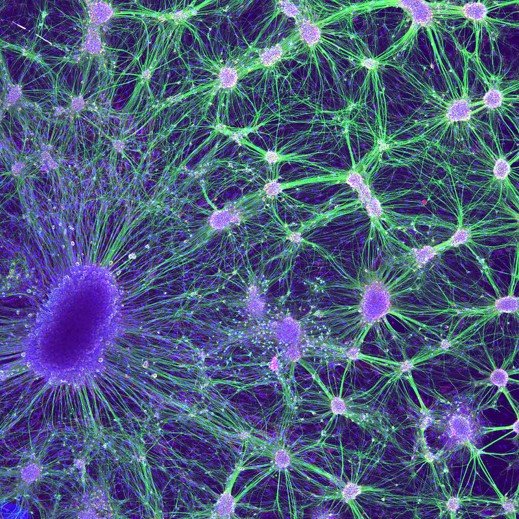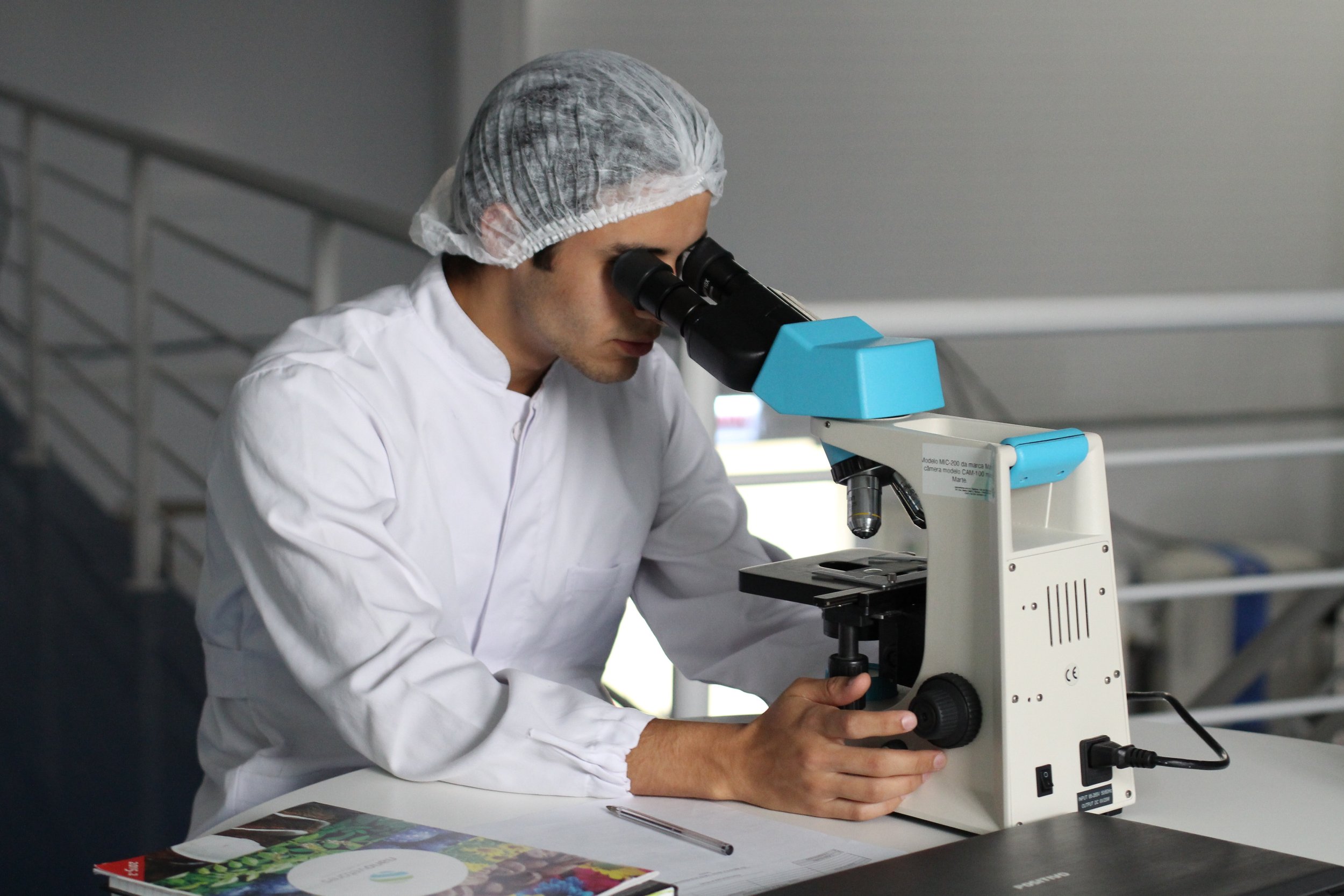Embryonic Stem Cells
Embryonic stem cell
Embryonic stem cells are obtained from the inner cell mass of the blastocyst, a mainly hollow ball of cells that, in the human, forms three to five days after an egg cell is fertilized by a sperm. A human blastocyst is about the size of the dot above this “i.”
In normal development, the cells inside the inner cell mass will give rise to the more specialized cells that give rise to the entire body—all of our tissues and organs. However, when scientists extract the inner cell mass and grow these cells in special laboratory conditions, they retain the properties of embryonic stem cells.
Embryonic stem cells are pluripotent, meaning they can give rise to every cell type in the fully formed body, but not the placenta and umbilical cord. These cells are incredibly valuable because they provide a renewable resource for studying normal development and disease, and for testing drugs and other therapies. Human embryonic stem cells have been derived primarily from blastocysts created by in vitro fertilization (IVF) for assisted reproduction that were no longer needed.
Why are embryonic stem cells valuable in research?
Unlike tissue-specific (adult) stem cells, embryonic stem cells have the potential to generate every cell type found in the body. Just as importantly, these cells can, under the right conditions, be grown and expanded indefinitely in this unspecialized or “undifferentiated” state. These cells help researchers learn about early human developmental processes that are otherwise inaccessible, study diseases and establish strategies that could ultimately lead to therapies designed to replace or restore damaged tissues.




